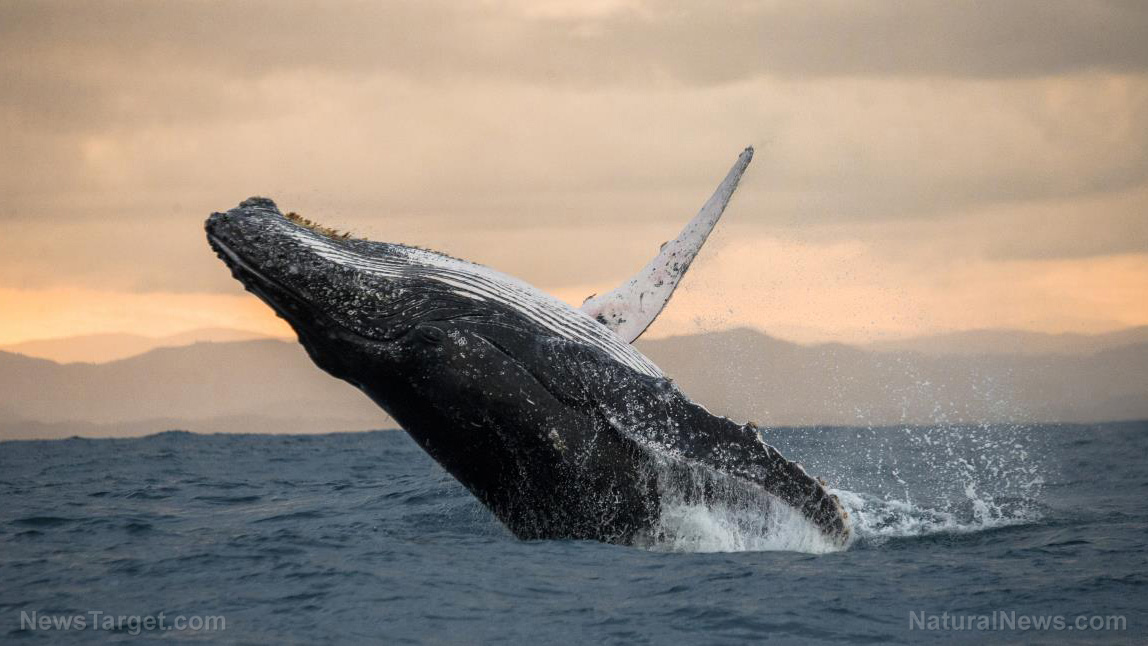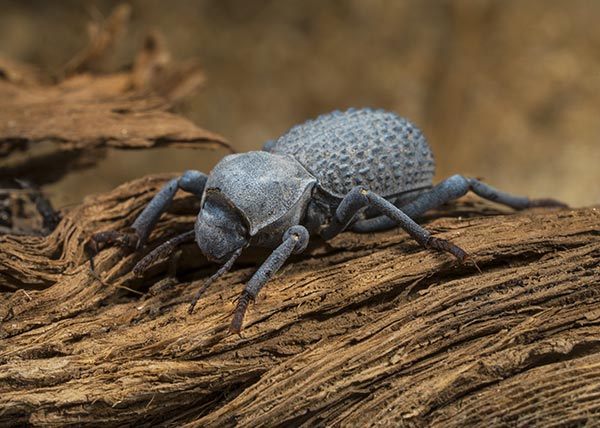North Atlantic right whales “whisper” to protect young calves from predators
10/28/2020 / By Virgilio Marin

A recent study published in Biology Letters found that North Atlantic right whales produce “whisper-like sounds” when communicating with their calves to avoid attracting predators.
Researchers from Syracuse University, Duke University and the National Oceanic and Atmospheric Administration observed that the mothers dramatically toned down an “up call,” which right whales use to communicate with each other, when communicating to their young. An up call produces a short, loud “whoop” sound that rises sharply and can travel long distances underwater.
Whales whisper to young to avoid eavesdropping
To collect data, the researchers attached noninvasive recording tags via suction cups onto North Atlantic right whales in calving grounds the coasts of Florida and Georgia. Specifically, they attached the tags to mother-calf pairs and pregnant whales found in the area. Though right whales have few natural predators due to their size, their young calves are vulnerable to orcas and sharks.
The researchers observed that the mothers produced fewer higher-amplitude, long-distance communication signals compared to juvenile and pregnant whales. Instead, they communicated using quieter, shorter grunt-like sounds that did not travel far. These sounds, previously unknown to scientists, were similar to “a human whisper,” according to corresponding author Susan Parks of Syracuse University’s Department of Biology.
The researchers posited that right whale mother-calf pairs employ “acoustic crypsis.” This is a type of behavior meant to avoid detection so that any predators lurking in nearby murky waters, such as orcas or sharks, won’t be able to eavesdrop on them.
“[The whisper-like sounds] allow the mother and calf to stay in touch with each other without advertising their presence to potential predators in the area,” Parks said.
Parks hopes that through their study, the critically endangered right whales can be protected. Fewer calves have been born in recent years, and many reproductive females keep dying from hitting vessels or getting entangled in fishing gear. In fact, 30 North Atlantic right whales died in just the past three years, leaving only around 420 of them.
“There are still many things we don’t know about their behaviors, and it is my hope that studies like this will help to improve efforts for their conservation,” said Parks. (Related: Pollution continues to murder whales as their stomachs are found brimming with plastic.)
Snake avoids detection by camouflaging odor
In addition to whispering, some animals can also escape detection by camouflaging their odor. One animal known to employ this stealth tactic, called “chemical crypsis,” is the puff adder – one of Africa’s most venomous and abundant snakes.
Puff adders are already hard to find given how well their scales blend with the environment. But researchers from South Africa said that they also have the ability to hide their smell.
Researchers observed that puff adders remain motionless when under threat and stay on the surface instead of seeking refuge underground like most snakes. This kind of behavior would easily make them sitting targets for predators without the ability to camouflage their odor.
To test this ability, the researchers trained meerkats and dogs to scent-match samples collected from puff adders and other species of snakes. According to lead researcher Ashadee Kay Miller of Johannesburg’s University of the Witwatersrand, the dogs and meerkats were able to identify the scent of most snakes but failed to detect the scent of the puff adder.
This finding, published in the journal Proceedings of the Royal Society B: Biological Sciences, is the first to demonstrate chemical crypsis in terrestrial vertebrate species. The researchers believe that this phenomenon is likely common among many ambushing species. However, not much research has been done on the subject, as smell is not the primary sense used by humans.
Know more unique abilities of animals at Ecology.news.
Sources include:
Tagged Under: acoustic crypsis, breakthrough, chemical crypsis, cool science, discoveries, Ecology, Endangered species, environment, marine animals, North Atlantic right whale, ocean and marine life, research
RECENT NEWS & ARTICLES
COPYRIGHT © 2017 REAL SCIENCE NEWS



















